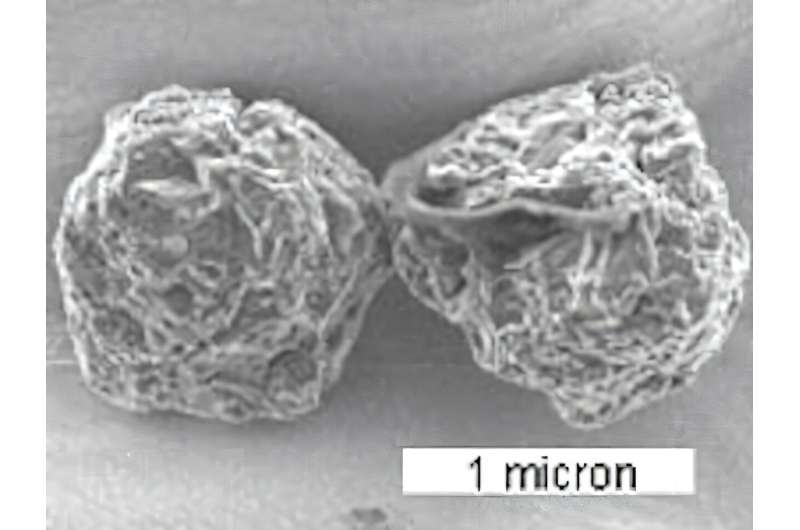
Most of the diverse elements in the universe come from supernovae. We are, quite literally, made of the dust of those long-dead stars and other astrophysical processes. But the details of how it all comes about are something astronomers strive to understand.
How do the various isotopes produced by supernovae drive the evolution of planetary systems? Of the various types of supernovae, which play the largest role in creating the elemental abundances we see today? One way astronomers can study these questions is to look at presolar grains.
These are dust grains formed long before the formation of the sun. Some of them were cast out of older systems as a star fired up its nuclear furnace and cleared its system of dust. Others formed from the remnants of supernovae and stellar collisions. Regardless of its origin, each presolar grain has a unique isotopic fingerprint that tells us its story.
For decades, we could only study presolar grains found in meteorites, but missions such as Stardust have captured particles from comets, giving us a richer source for study. Observations from radio telescopes such as ALMA allow astronomers to look at the isotope ratios of these grains at their point of origin. We can now study presolar grains both in the lab and in space.
A new study posted to the arXiv preprint server compares the two, focusing on the role of supernovae.
What they found was that the physical gathering of presolar grains will be crucial to understanding their origins. For example, Type II supernovae, also known as core-collapse supernovae are known to produce Titanium-44, which is an unstable isotope. Through decay processes, this can create an excess of calcium-44 in presolar grains.
But grains cast off from young star systems also have a calcium-44 excess. In the first case, the grains form with titanium, which then decays to calcium, while in the second case, the grains form with calcium directly. We can’t distinguish between the two just by looking at the isotope ratios. Instead, we have to look at the specific distribution of calcium-44 within the grain.
The team found that using nanoscale secondary ion mass spectrometry (NanoSIMS) they could distinguish the origin of grains found in meteorites. Similar complexities are seen with isotopes of silicon and chromium.
Overall, the study proves that we will need much more study to tease apart the origins of the presolar grains we gather. But as we better understand the grains we gather here on Earth, they should help us unravel a deeper understanding of how elements are forged in the nuclear furnaces of large stars.
More information:
Nan Liu et al, Presolar Grains As Probes of Supernova Nucleosynthesis, arXiv (2024). DOI: 10.48550/arxiv.2410.19254
Journal information:
arXiv
Provided by
Universe Today
Learning more about supernovae through stardust (2024, November 2)
retrieved 4 November 2024
from https://phys.org/news/2024-11-supernovae-stardust.html
part may be reproduced without the written permission. The content is provided for information purposes only.